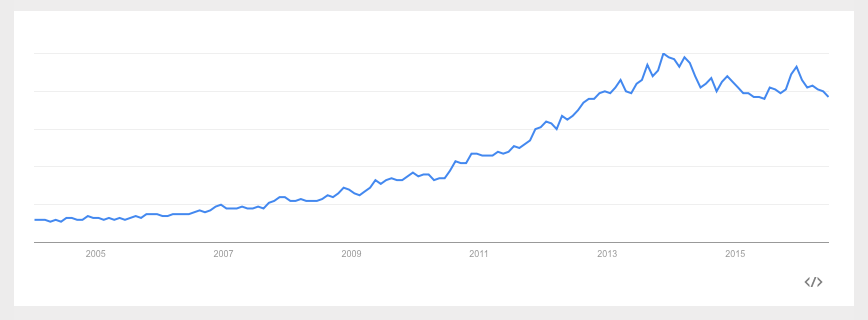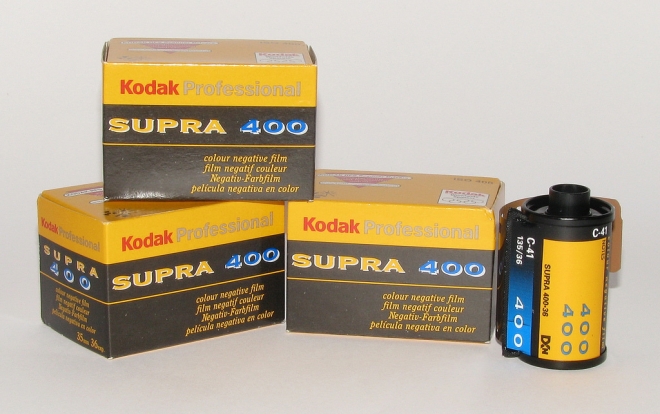With more than 80% of Australians owning a smartphone, there is no doubt that mobile and digital technology, as well as the never-ending rise of social media, has had a significant impact on food trends and our beliefs and behaviors around food and nutrition.
Changing Dinner Plates
Gone are the days when family members would all eat the same stock standard dinner of roast and three veg. Nowadays, there is more likely to be a different meal at every place, from mom’s paleo to dad’s high protein and each child a separate allergy-friendly meal. And of course, there will most likely be the obligatory smartphone sitting next to the fork.
Google vs. Dietitians
People are moving away from tertiary qualified nutrition experts and instead visiting doctor Google and following the advice of every day consumers on social media, in an effort to learn more about their food they eat and make more informed choices. A great example to illustrate this point can be shown by the number of Google searches for “gluten free”, which has seen a steady rise over the last 10 years. This trend is not showing any sign of slowing down, with queries for gluten-free foods having increased 140% since January 2015.
 Search trends worldwide for “gluten-free” 2005-2015. Source: GoogleTrends
Search trends worldwide for “gluten-free” 2005-2015. Source: GoogleTrends
The Google Diet
The challenge with the Google diet is that seeing should not always equal believing. There are many well-known brands that have a great publishing support team behind their diet books and nutrition recommendations. So whilst these celebrity brands may not have editorial staff with degrees in nutrition science, what they probably do have is copy writers that know how to write engaging content on the latest fad diet du jour, and SEO consultants to keyword match that content against consumers’ never ending online quest for nutrition solutions.
So what does this mean for the future of nutrition during an era of digital disruption?
Digital disruption will affect almost every person living on this planet.
In 1998, Kodak had 170,000 employees and sold 85% of all photo paper worldwide. Within just a few years, their business model disappeared and they went bankrupt. What happened to Kodak will happen in a lot of industries in the next 10 years, including health and nutrition.
 Image source: https://www.flickr.com/photos/talebanus/4926889060
Image source: https://www.flickr.com/photos/talebanus/4926889060
In the future, people with specific nutritional needs will be able to access foods that have been tailor made for their personal needs. The cost of 3D printing has been dramatically reduced and the future of printing healthy 3D meals and food that is individually prepared according to your own health prescription is probably not that far away. Advances in agriculture technology means meat can now be grown in a laboratory and insects will soon be marketed as a high quality protein food. And thanks to the power of artificial intelligence, your smartphone will be able to order your meals, without you even having to ask for it!
These digital advances, together with the power of social media, will see these new food, health and nutrition trends reach tipping points far quicker than Malcolm Gladwell could ever have predicted.
I believe that the digital disruptions that will occur in the food and health industries will radically change the way nutrition professionals engage with consumers. Whilst some may express trepidation at this unknown future, I think never before have there been so many opportunities for dietitians to proactively help shape the future of the way that we eat. We all know it’s going to change; the question is how we will help to lead that change.

